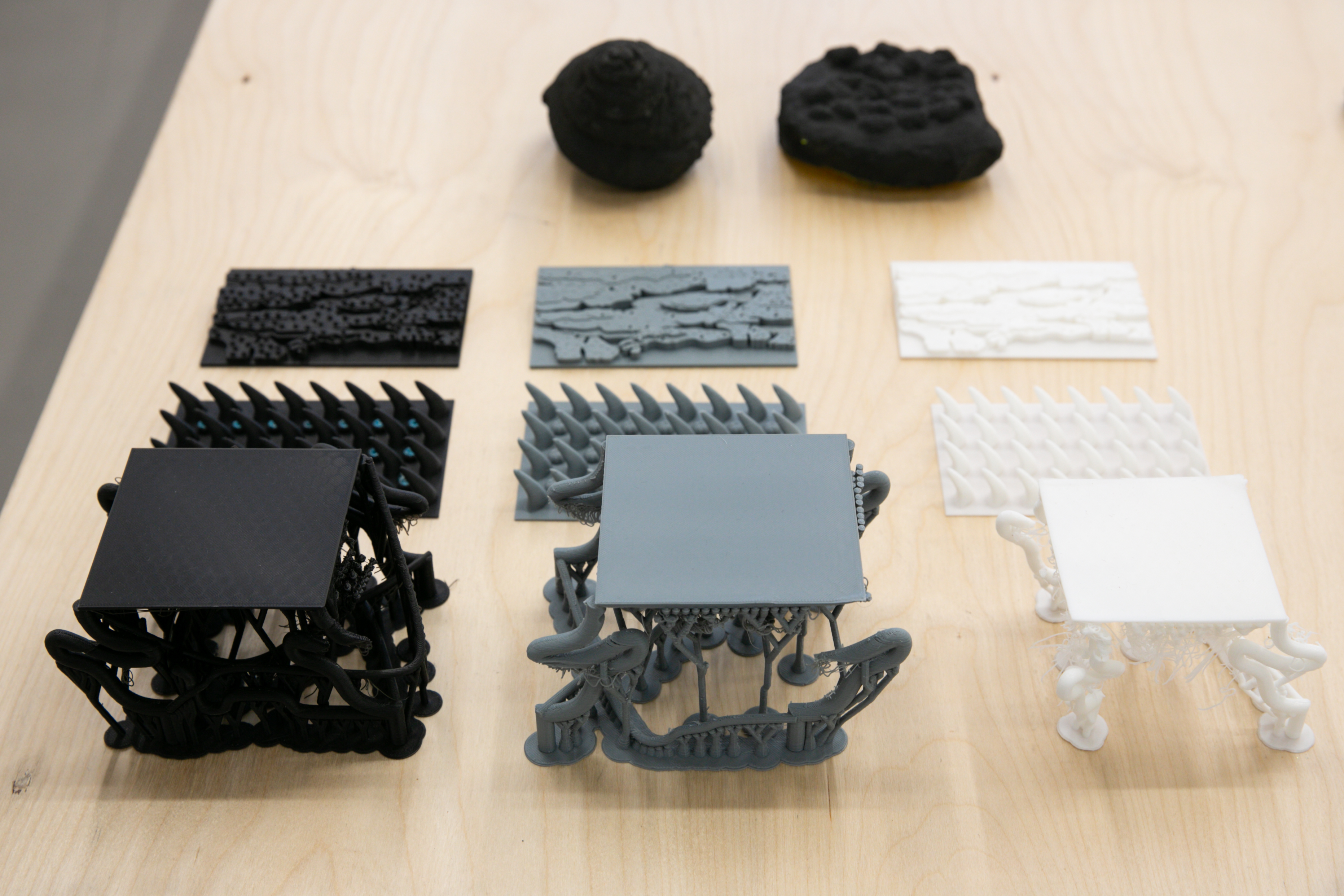
A small snail that lives in rivers, often used as a way to measure water quality.
The absence of the freshwater snail is a sign of deteriorating water quality.
The snail can be anywhere between 9.6 and 20.6 mm. in length. The shells are medium-sized (up to 30 mm.), thick, hard and elongated. Some are smooth while others are sculpted.
As the snails’ population density grows, their shells become shorter and shorter, as a smaller, less dense population means less competition for food sources and therefore larger individual snails. The melanopsis praemorsa is vulnerable to pollution and droughts. How will the snail survive climate change?
Linoy Cohen, Yulia Sohovoy






